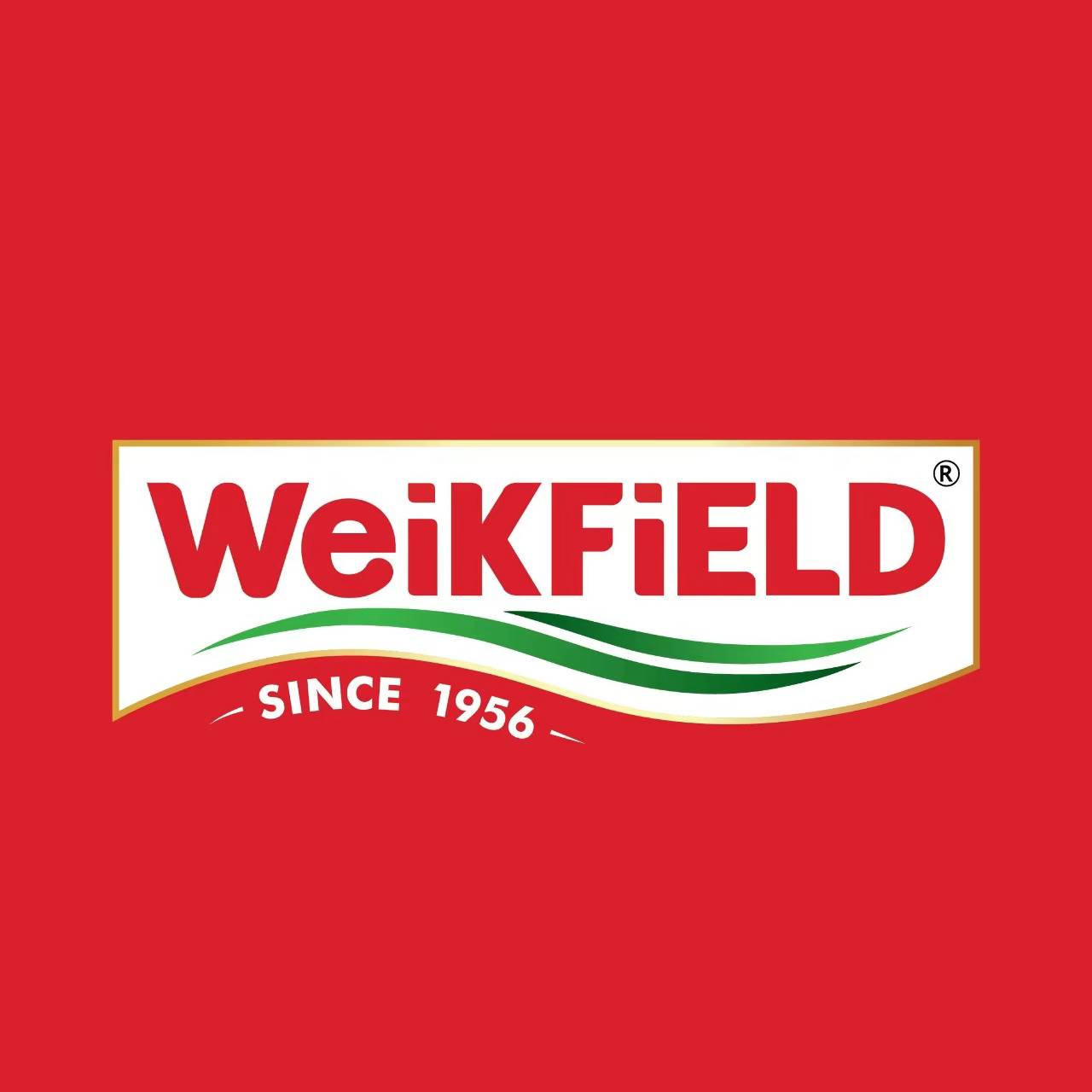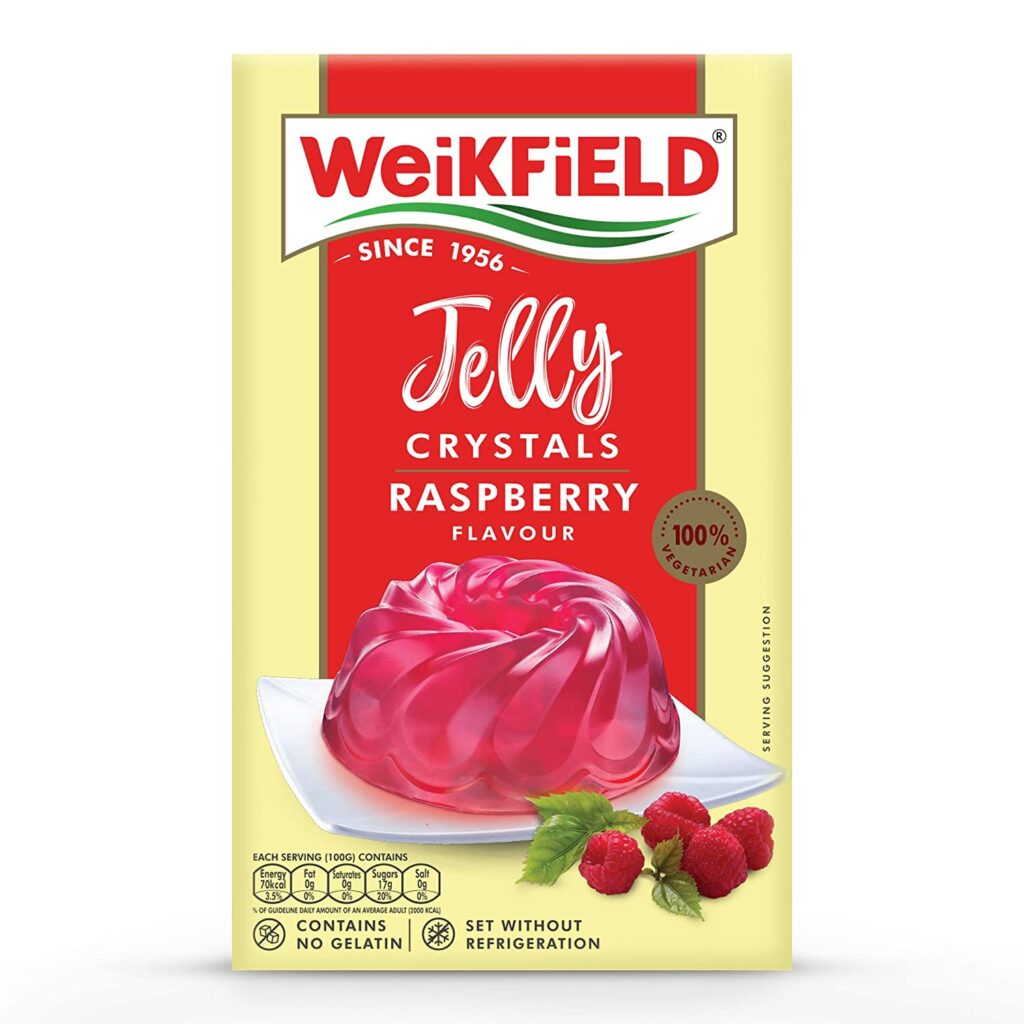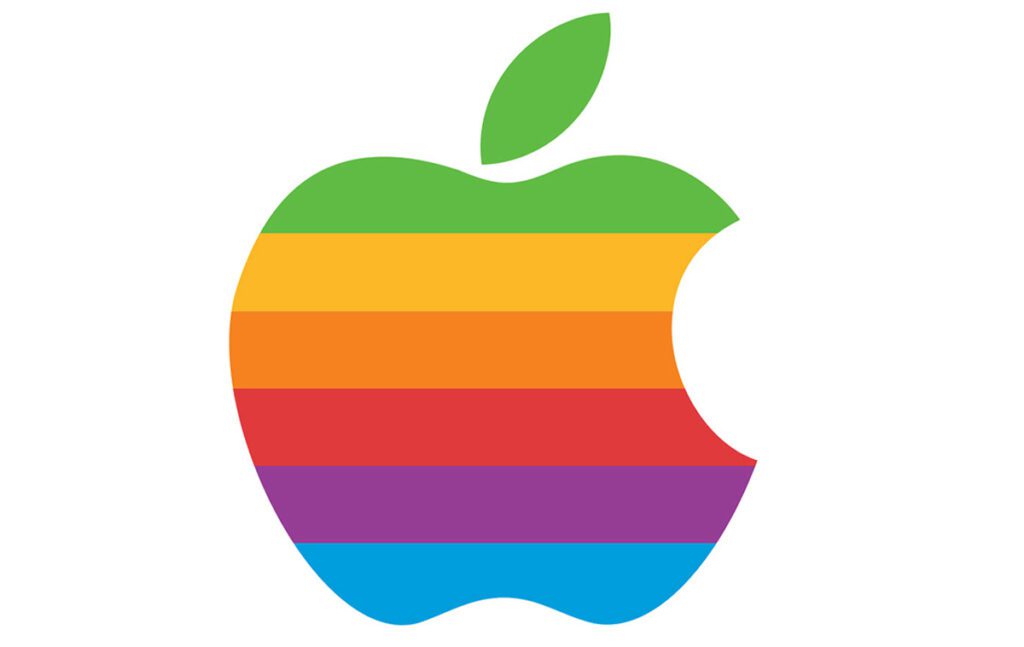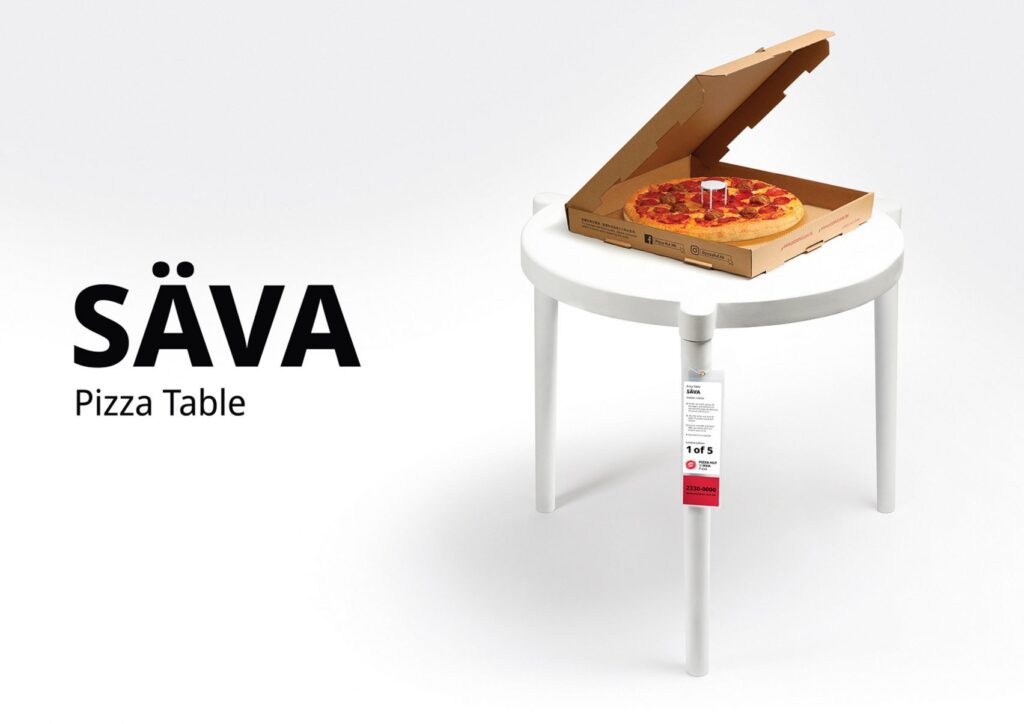Weikfield – The Sweet Taste of Custard Led the Way

Weikfield was founded in 1956, and from the beginning, the company has focused only on serving certain niche markets
When Satpal Malhotra was a boy living in Rawalpindi, Pakistan, he lost his father and mother within a few years of each other, at the ages of 15 and 19, respectively. He was left in charge of the family, the department store, and the auction business. Even though he was doing well in business, tragedy struck again in 1947 when he and his family experienced the partition.
He finally made it to Delhi, but everything there was chaotic. He first went to Mumbai, and then on to Pune. He had Rs 10,000 in his pocket, and he used it to launch a successful wholesale food, grocery, and cutlery company.
The family, who had previously worked as auctioneers in Rawalpindi, began purchasing and reselling government and military surpluses in public auctions throughout India.
The introduction
In 1955, they made a curious purchase: a large quantity of Brown and Polson custard powder, a British brand that was rapidly expanding its presence in the Indian market. After Satpal’s younger brother Bahri brought a can home, Rajinder Mohini Malhotra, Satpal’s wife, indicated she would give it a go. After many failed efforts, she finally created a magnificent custard dessert that was enjoyed by everybody.
Reading the list of ingredients on the reverse, they found that they were commonplace and simple to get. It didn’t take long for them to decide that the wholesale industry wasn’t for them. Satpal and his family went out and purchased all the necessary components to begin producing custard powder at home.
A succession of circumstances led to Satpal Malhotra deciding to enter the manufacture of this product, which was purchased by many institutions including schools, hotels, and bakeries. After a lot of trial and error, where Harish (another younger brother of Satpal) and Bahri would blend the recipes and Mrs Rajinder Malhotra would prepare the pudding and give her suggestions for improvement, they were finally successful in creating a delicious, tasting product, thanks in large part to the presence of the National Chemical Laboratory in Pune.
The naming
Indeed, they did have something to sell. The dilemma now was what to call the product so it could be marketed and sold.
They realised that naming a Western dish “Malhotra” custard or “Bharat” custard would be met with resistance from customers. They would have failed if they hadn’t given it a name that sounded European or English. One of their associates operated out of a modest office in Ballard Estate, Bombay, during the time they were in business together. Crossing in front of the beautiful historic structure known as “Wakefield House” was a regular part of their commute from the VT station to his office. As a name, it sounded quite British, which was a plus. It was owned by Castrol, the lubricant manufacturer. They decided they will brand their product as Wakefield. They were aware, however, that doing so may lead to trademark infringement claims being filed against them. Ingeniously, they decided to change the spelling while keeping the sound the same, and thus WEIKFIELD was created.
Manufacturing
So, Satpal Malhotra and his two younger brothers, after trying their hands at several different enterprises, finally settled on the food processing industry in 1956. Their goal was to introduce international flavours to the Indian palate, beginning with custard. Additionally, they began producing baking powder and corn flour, two products that were in high demand.
They had a very difficult first few months. Sales responsibilities were assigned to Bahri. He used to pedal from store to store, lugging a few boxes of custard powder. Especially the schools, churches and hospitals had been clients from their days as auctioneers and sellers. It was a huge uphill battle to convince them to start carrying Weikfield goods instead of the familiar name brands from the big companies. Bahri’s perseverance paid off, as he was able to sell a lot of cases. Then he was given the task of growing the market throughout the nation, and he began spending 20–25 days a month on the road, visiting major cities and selecting distributors there. Lucky Stores in Panchgani was the first and longest-running distributor.

Their regional distribution was significantly improved when they hired some of the largest distribution businesses of the time, such as G Atherton & Co.
Goods like corn products were imported or brought in bulk and packaged domestically by several large international corporations beginning in the 1950s. Only one package, a pound can, was sold. If a restaurant wanted 10 pounds, they would purchase 10 cans, whereas a housewife would need to buy 450 grammes even if she only needed 50 or 60 grammes. The situation presented a window of opportunity, which Weikfield recognised. They began selling in bulk quantities of 10 and 25 pounds. They used to have to pay for 10 one-pound tins, but now they just have to pay for five since packaging and labour expenses are so much cheaper. And they also produced quarter-pound (or 113 gramme) packets for housewives, which meant that she just had to spend a lesser amount each month to provide a decent amount of dessert for her family and visitors. Because of this breakthrough in multi-packaging, Weikfield was able to gain an edge over large, well-established companies; these rivals were eventually obliged to imitate them, although very slowly.
The second major obstacle was figuring out how to attract new customers outside the very limited population already familiar with Western-style restaurants, hotels, and the like. They were a young company with few resources, so it couldn’t afford to invest in widespread promotion. Furthermore, marketing would not have influenced individuals to alter their habits. Keeping in mind that they first learned about custard pudding via direct experience, they understood the critical importance of making sure customers liked the flavour.
Another best-seller was developed in 1958: Jelly crystals.

The International Trade Fair at Pragati Maidan Exhibition complex took place in Delhi in 1958. They pooled their few resources and got a huge pavilion at the show. On purpose, they picked a location with a big empty area just next to the stall. People, mostly from North India, were served custards and jellies at the many tables and chairs in this area that were shaded by garden umbrellas. The results were as expected. Customers raved about the tasty treats, buying sample packets to savour later at home. The trial run was a success, as revenue from the booth more than paid the expense of hosting the expo. North India quickly became one of our most lucrative regions. This set the stage for Weikfield’s future success, and this strategy has been used in many other places since then.
Helping the military
The military was a significant purchaser of items for troops’ use, hospitals, and other such establishments. The Army, on the other hand, had its own rules about cleanliness that were much stricter than the PFA Acts.
As a result, they took on the job of meeting Army requirements from the get-go in 1957 and did so with great diligence. The result was that they were approved for registration with the military, which eventually became one of their most important clientele. Rich rewards came from getting their modest factory outside their house in Koregaon Park registered and accepted as the exclusive supplier owing to the high quality and cleanliness standards it maintained. During the Indo-China War of 1962, they were permitted to serve the military forces. Soldiers battling at high elevations in Ladakh, etc., were given vast amounts of vitamin-fortified drink powders, which played a crucial role in maintaining their health under the trying circumstances. The jawans were routinely dropped shipments of their goods through an airdrop. During the war, the Defence of India laws gave them preferential treatment so that they could get precious supplies like sugar and logistical assistance for vehicles, etc.
It all started on Main Street, with a single room, two workers, and a single product. It has gone a long way from its early days to become a multi-state operation employing more than 900 people. A lengthy road led to modern factories that now turn out more than 50 different items that are exported to more than 25 other nations.
Reference
https://weikfield.com/about-us
https://yourstory.com/smbstory/weikfield-custard-brown-and-polson-pune-entrepreneur
https://corporatecitizen.in/v2-issue7/corporate-history-custard-powders-yummy-success.html



